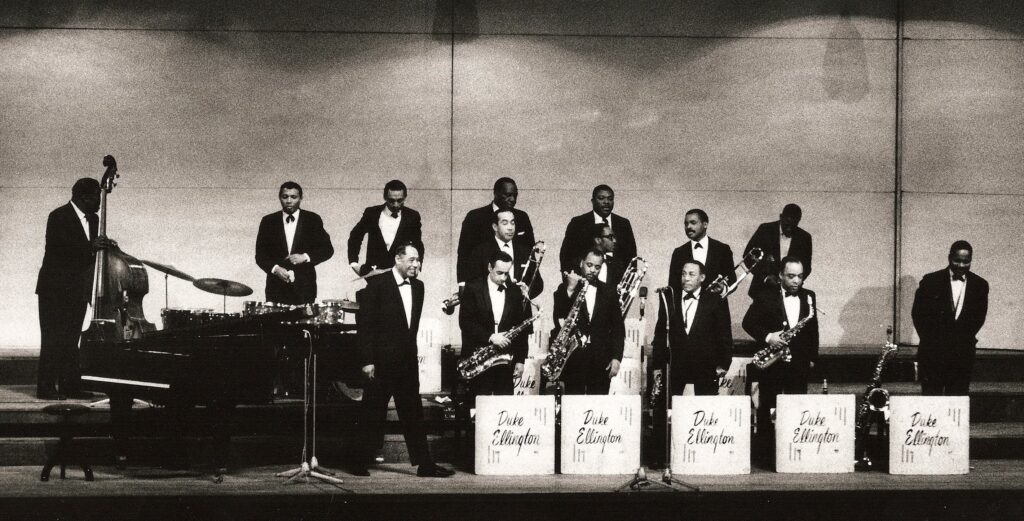
1926 News Highlights
- On the death of Emperor Taiso in Japan, his son Hirohito becomes Emperor of Japan reigning until 1989. He would lead Japan during World War II.
- Robert Goddard launches the first liquid fuel rocket in Massachusetts. The ten-foot rocket rises to a height of 41 feet.
- Varney Air Lines, predecessor to United Airlines, becomes the first scheduled commercial airline in the U.S.
- The Ford Motor Company begins scheduling the shorter 40-hour work week.
- U.S. celebrates its Sesquicentennial, the 150th anniversary of the American Revolution.
- In a fit of pique, Thomas Edison, inventor of the record player, declares radio a commercial failure. Seven weeks later, the newly-formed NBC (the National Broadcasting Company, formed by RCA) becomes America’s first radio network with 24 stations across the U.S.
- Greta Garbo stars in her first Hollywood picture, The Divine. It premieres in New York.
- Yankee Babe Ruth hits a record three home runs in a World Series game against the St. Louis Cardinals.
- A. A. Milne’s book, Winnie-the-Pooh, is published by Methuen & Co. in London. Meanwhile, in Australia, The Christchurch Sun publishes P. L. Travers’ short story “Mary Poppins and the Match Man,” the first of the Mary Poppins series. Ernest Hemingway’s debut novel, The Sun Also Rises, is also published.
- Bing Crosby records his first record, “I’ve Got the Girl.” His crooning, baritone voice, ideal for the latest microphone technology, becomes a new standard for popular music.
- Premiere of 19-year-old Dmitri Shostakovich’s Symphony No. 1; also premiere of Sibelius’s tone poem Tapiola (by Walter Damrosch and the New York Philharmonic), his last major composition. Wanda Landowska solos in the world premiere of Manuel de Falla’s Harpsichord Concerto in Barcelona. Bela Bartok’s The Miraculous Mandarin premieres in Cologne.
- Popular songs: “Baby Face” by Benny Davis & Harry Akst; “Black Bottom Stomp” by Jelly Roll Morton; “Blue Skies” by Irving Berlin; “Bye Bye Blackbird” by Mort Dixon and Ray Henderson; “Five Foot Two, Eyes of Blue” by Joe Young, Ray Henderson & Sam M. Lewis; “Gentlemen Prefer Blondes” by Irving Berlin; “When the Red, Red Robin (Comes Bob, Bob, Bobbin’ Along)” by Harry M. Woods.
In our original 2016 series of seven Roaring 20s composers, this was the year that Oscar Lorenzo Fernandez wrote his Suite in F Major, Op. 37. We have a new, separate article on this work and the composer.
In addition to Fernandez’s quintet, we have 1926 works by Franz Ippisch, Daniel Gregory Mason, and Antal Molnár.
Franz (Francis) Ippisch
Wind Quintet (1926)
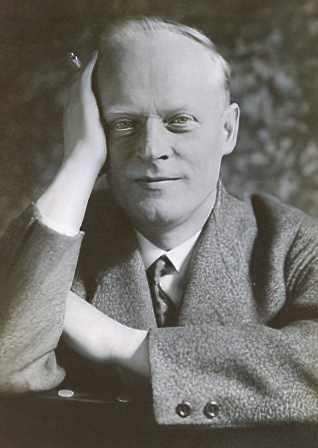
Franz Ippisch (who was born July 18, 1883 in Vienna, Austria; and died February 20, 1958 in Guatamala City, Guatamala), was the seventh of nine children in his family. As a child he sang in the church choir and began cello lessons. Later, he studied at the Konservatorium der Gesellschaft der Musikfreunde [Conservatory of the Society of Friends of Music] (cello with Reinhold Hummer, piano with Josef Hoffmann, and composition with Hermann Graedener). He started playing professionally while still in school and also worked as a music teacher, composer and chamber music performer, performing as solo cellist of the Vienna Volksoper from 1903 to 1933 (except during his military service in World War I).
In 1934 he became a military bandmaster in Salzburg (which probably paid better than his previous positions). After the annexation of Austria in 1938, he realized that, because his wife was of Jewish descent, even though she was now a Christian, they would have to leave the country. In early 1939, they moved to Guatemala where he soon became Director General of the Police and Military Orchestra, and conductor of Guatemala City’s Conservatory Orchestra. He remained in Guatemala City for the rest of his life.
His Wind Quintet would have been written during his Vienna years when he was 42 to 43 years old, making this a fairly mature work. There is no indication in our research that it was ever published, though. Reportedly his son later created a collection or archive of Ippisch’s work in Vienna, so that might be a good starting point to find the quintet. Perhaps an Austro-Guatemalan musicologist could hunt for it.
Daniel Gregory Mason
Divertimento, Op. 26b was published by Witmark in New York City in 1936.
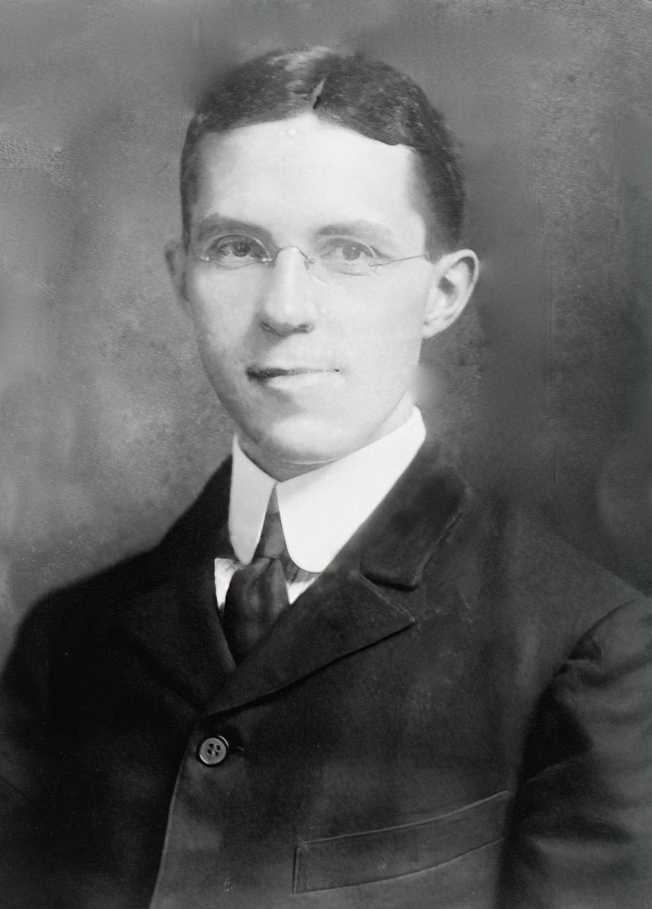
Born on November 20, 1872 in Brookline, Massachusetts (and died December 4, 1953 in Greenwich, Connecticut), Daniel Gregory Mason was named after his uncle, a music publisher, and was the grandson of Lowell Mason who was highly influential in music education, hymnody, and the development of early American music. Daniel Gregory tried to follow in his grandfather’s footsteps, as a writer, teacher and composer, but was not a fan of many of the revolutionary ideas of twentieth-century American music. From 1905 until 1942, he taught at Columbia University, climbing up the hierarchy from a lowly lecturer in music all the way to head of the music department.
Daniel Gregory Mason might not have disagreed with the idea that he was born 50 years too late. He was especially fond of Brahms and wrote extensively about Beethoven and other classicists. He traveled to France to study composition with Vincent d’Indy, but was highly critical of the music of the French Impressionists and almost everything else that followed, including Gershwin, Copland, Bloch, Stravinsky, jazz and much of the music we are discussing of the 1920s. He wrote extensively about music for non-musicians and became the best-selling author about classical music in his day. (Several of his books have been digitized and are available for free download from Gutenberg.org.) Yet, as popular he was as a writer about music, his own music is rarely heard today. (There’s not a complete list of his compositions nor info about his quintet available online.)
Mason criticized American composers for following the modern European trends, then criticized European conductors in America for not including more American works in their repertoire. He criticized other composers for using African-American folk music, but then wrote a String Quartet on Negro Themes. He publicly abhorred anti-Semitism, yet criticized Jewish influence in American music. He supported “Anglo-Saxon” music, but in the 1930s, when asked if he supported Hitler or the National Socialists, he was horrified by the idea he could be seen as a supporter. Mason was a complicated man, and at times probably an unpleasant man.
The Divertimento is a lyric, fully-tonal, 2-movement work; well-crafted if conservative for 1926. It takes about nine and a half minutes to perform. Based on his Op. 26a for two pianos, it is Mason’s only work for woodwind quintet and the only chamber music for winds alone that he wrote. (And, like so many of the works on this list, we have no context about why he wrote it.) The first movement is mainly an intro and a light march with an ABA construction using a slow, non-march-like middle section (the only part of the work where Mason seems to let his Romantic roots shine through). The second-movement fugue is, well, a fully academic fugue, nicely written and well-scored. If you want an example of a traditional fugue, this will do. But, for all that, the Divertimento is a good example of a conservative American style that one rarely hears in the wind quintet literature, and for that professional woodwind quintets should give this work a read and possibly a performance and a recording. (If you have trouble buying it, check with the many university libraries who have a copy.)
Antal Molnár
Quintet, Op. 16
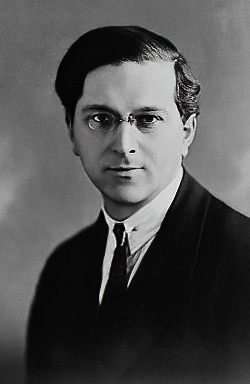
Born in Budapest on Jan. 7, 1890, Antal Molnar studied at the Budapest Academy of Music (1907-1920) and became an active violist, musicologist, composer and teacher. Like his compatriots Bartók and Kodály, Molnár collected folk music in Transylvania and northern Hungary. He played viola in the Waldbauer String Quartet and the Dohnányi-Hubay Piano Quartet. By 1919 he was appointed a professor at his alma mater, where he stayed until 1959, teaching music history, theory, solfége, and chamber music. As a writer, Molnár published short pamphlets about different composers, and was one of the first to describe how important Bartók and Kodály would be to Hungarian music and culture. At the age of 80 (1970) he was given the title of “Eminent Artist,” so it’s a shame we can’t find more info about this eminent Hungarian artist.
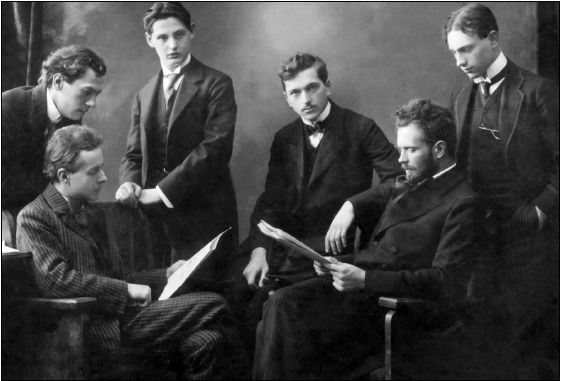
Molnár would have been working at the Academy when he wrote his Op. 16 woodwind quintet. And that’s pretty much all we know about it. The internet doesn’t show a publisher and I’ve not been able to dig up any recordings. One would assume that a chamber music work by somebody of his background would be interesting and possibly excellent, but we won’t know until somebody discovers a copy and performs and records it.
Credits
The photo of Franz Ippisch is from Wikimedia.
The original scanned photo of a young Daniel Gregory Mason, ca. 1915, was badly damaged, so various photo repair techniques were applied in Photoshop to get a better idea of the original image. The source was downloaded from the online catalog of the Library of Congress in Washington, DC and is in the public domain.
The photo of a young Antal Molnar is from Wikidata.
The sextet of musicians photo with Antal Molnar is from the Wikimedia Commons.
The undated image of Duke Ellington and his band is from Wikimedia. As a footnote, the author of this website once performed in a choir with Duke Ellington and his Orchestra in the 1970s in a performance of one of his Sacred Concerts.
Copyright © 2024 by Andrew Brandt

